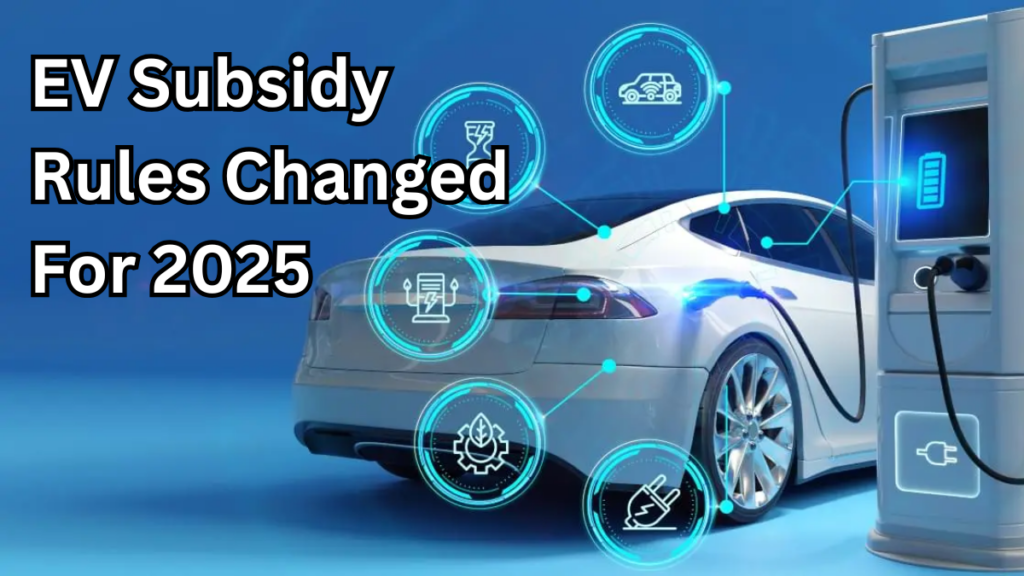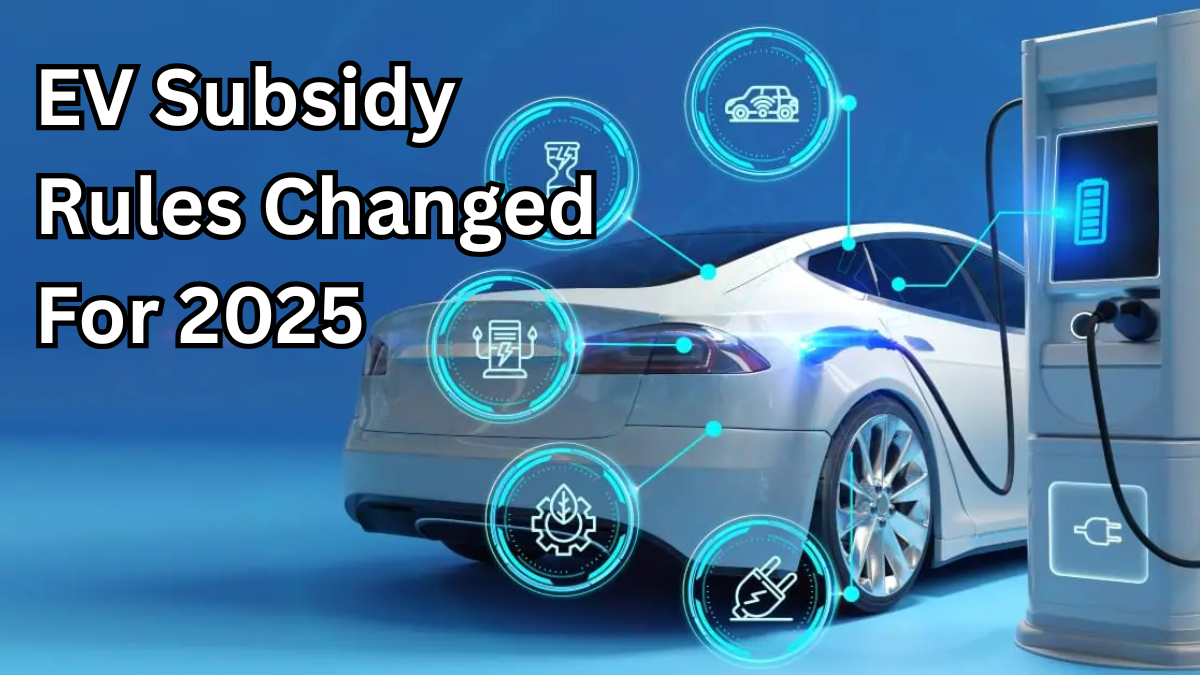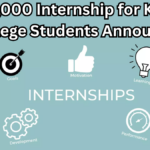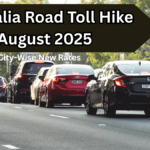The electric vehicle industry is witnessing another major policy shift. With the introduction of the EV Subsidy Update under the 2025 government policy, EV buyers—especially those interested in two-wheelers and three-wheelers—need to take note of the revised subsidy benefits.
Here’s everything you should know before buying an EV this year.

Table of Contents
What’s New in the EV Subsidy Policy for 2025?

The Indian government has officially launched a new scheme titled Electric Mobility Promotion Scheme (EMPS) 2025, following the conclusion of the FAME II initiative.
Key Highlights
-
Scheme Name: EMPS 2025 (Electric Mobility Promotion Scheme)
-
Effective Period: April 1 to July 31, 2025
-
Total Budget: ₹500 crore
-
Targeted Vehicles: Electric two-wheelers and three-wheelers
-
Previous Scheme: FAME II ended on March 31, 2025
Who Stands to Benefit?
The updated subsidy plan prioritizes middle-class consumers and small businesses relying on last-mile mobility. Here’s a simplified breakdown of the eligibility and benefits:
Vehicle Type |
Price Cap/Condition |
Subsidy Offered |
Units Covered |
|---|---|---|---|
Electric Two-Wheelers |
Ex-factory price up to ₹1.5 lakh |
₹10,000 per vehicle |
3.3 lakh vehicles |
Electric Three-Wheelers |
Must meet AIS certification (Cargo & Passenger) |
₹25,000 (Cargo), ₹50,000 (Passenger) |
41,000 vehicles |
Why Was the EV Subsidy Policy Changed?
This EV Subsidy Update is part of India’s effort to shift from broad-based incentives to targeted support. The 2025 government policy focuses on:
-
Encouraging the adoption of affordable EVs
-
Supporting local manufacturers through the ‘Make in India’ initiative
-
Promoting clean mobility in urban and semi-urban areas
-
Strengthening last-mile commercial transport using electric autos and cargo vehicles
Things Buyers Should Consider in 2025
If you’re planning to buy an EV this year, here are a few key points to keep in mind:
Check Price Eligibility
Only two-wheelers under ₹1.5 lakh and certified three-wheelers are eligible for the subsidy.
Understand Certification Requirements
Ensure your vehicle complies with standards like AIS 156 (for 2-wheelers) or AIS 038 Rev 2 (for 3-wheelers).
Time-Limited Benefits
The subsidy is valid only from April to July 2025. Delaying your purchase may mean missing out.
Real Savings Over Time
Even if the upfront subsidy seems modest, EVs can offer significant savings through lower fuel and maintenance costs.
Expert Insight
A senior official from the Ministry of Heavy Industries stated,
“We are focusing on efficient implementation now—getting the right vehicles to the right consumers in the shortest possible time.”
FAQs
What happened to the FAME II subsidy in 2025?
FAME II ended on March 31, 2025. The new EV Subsidy Update under the 2025 government policy is called EMPS 2025 and is valid till July 31.
Can I still get a subsidy after July 2025?
As of now, no subsidy is promised beyond July 31, 2025. Buyers should act quickly to take advantage of EMPS 2025.
Are electric cars included in EMPS 2025?
No. This scheme only covers electric two-wheelers and three-wheelers. Electric cars are not part of the current subsidy program.
Will the subsidy be deducted from the vehicle’s price?
Yes, most manufacturers apply the subsidy directly to the ex-showroom price. However, always confirm with your dealer before buying.
Final Thoughts
The EV Subsidy Update for 2025 shows a clear shift in the government’s approach—from mass incentives to precision-targeted support. If you’re considering a switch to electric, especially for city use or delivery services, now is the ideal time. With the 2025 government policy focusing on efficiency and sustainability, smart buyers stand to gain both financially and environmentally.
Click here to learn more








